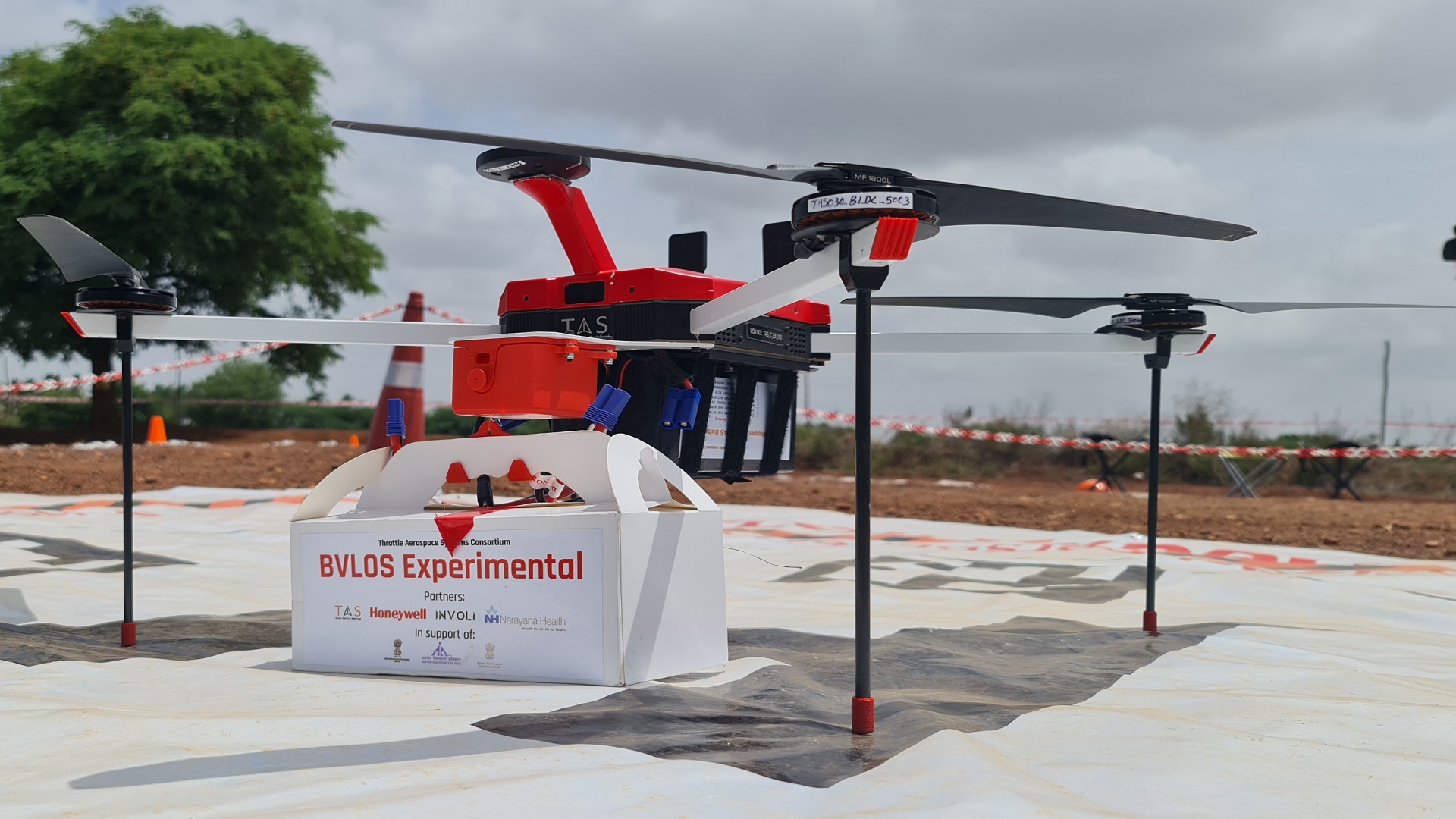Honeywell is developing a new technology suite for light drones that allows them to fly three times longer and with less human intervention. Compared with traditional drones using batteries and line-of-sight radio links, drones equipped with Honeywell’s Beyond Visual Line of Sight (BVLOS) technologies can fly farther, carry more weight, avoid hazards up to three kilometers away and stream video of their progress anywhere in the world.
“These are technologies that businesses have been waiting for,” said Stéphane Fymat, vice president and general manager of Honeywell’s Unmanned Aerial Systems and Urban Air Mobility business unit. “They will help make drones profitable for a world of new applications.”
Honeywell’s BVLOS (pronounced bev-loss) systems are ideal for missions where distance or terrain interfere with radio links or visual guidance. Applications include last-mile package delivery, military intelligence, surveillance and reconnaissance, pipeline and power line inspection, search and rescue, or use by first responders.
“The solutions were conceptualized, designed and tested by engineers at Honeywell Technology Solutions (HTS), the engineering and technology development arm of Honeywell, with centers in India, the Czech Republic and Mexico,” said Samuel Pratap, president, HTS. “In India, Honeywell is part of a consortium that has been approved by the Directorate General of Civil Aviation to undertake UAV BVLOS experiments for delivery of critical items like medicines”, he added.
The technologies draw upon Honeywell’s decades of experience building and certifying avionics, engines, and APUs for airplanes, helicopters and military drones.
The fuel cells in the BVLOS suite operate three times longer than batteries with equivalent output. They work silently, unlike gasoline engines, and emit no greenhouse gases. Operators can refuel or swap hydrogen tanks in minutes, enabling more time in the air.
